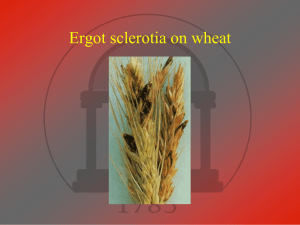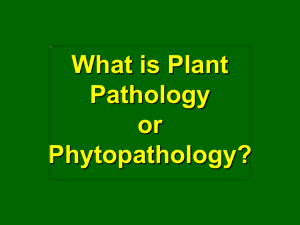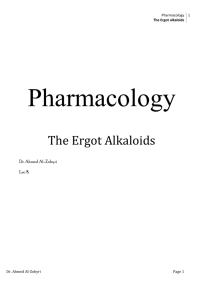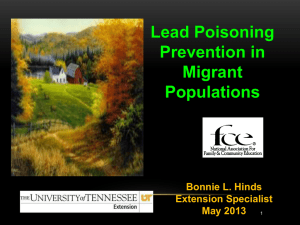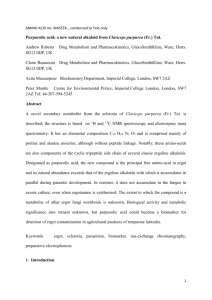File
advertisement
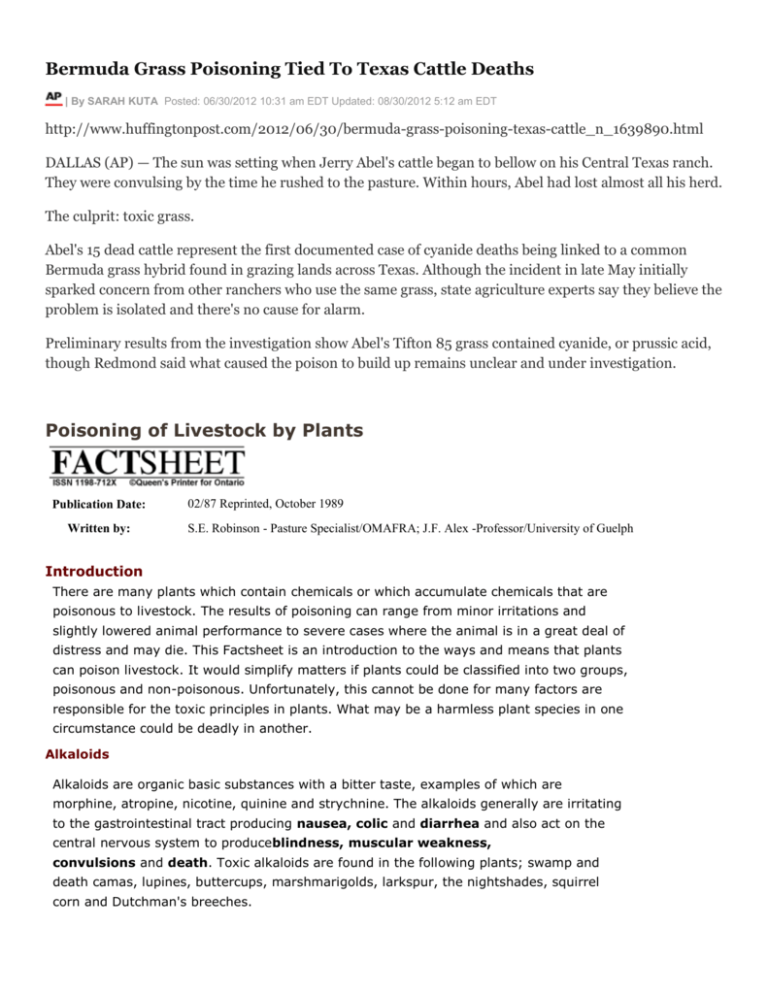
Bermuda Grass Poisoning Tied To Texas Cattle Deaths | By SARAH KUTA Posted: 06/30/2012 10:31 am EDT Updated: 08/30/2012 5:12 am EDT http://www.huffingtonpost.com/2012/06/30/bermuda-grass-poisoning-texas-cattle_n_1639890.html DALLAS (AP) — The sun was setting when Jerry Abel's cattle began to bellow on his Central Texas ranch. They were convulsing by the time he rushed to the pasture. Within hours, Abel had lost almost all his herd. The culprit: toxic grass. Abel's 15 dead cattle represent the first documented case of cyanide deaths being linked to a common Bermuda grass hybrid found in grazing lands across Texas. Although the incident in late May initially sparked concern from other ranchers who use the same grass, state agriculture experts say they believe the problem is isolated and there's no cause for alarm. Preliminary results from the investigation show Abel's Tifton 85 grass contained cyanide, or prussic acid, though Redmond said what caused the poison to build up remains unclear and under investigation. Poisoning of Livestock by Plants Publication Date: Written by: 02/87 Reprinted, October 1989 S.E. Robinson - Pasture Specialist/OMAFRA; J.F. Alex -Professor/University of Guelph Introduction There are many plants which contain chemicals or which accumulate chemicals that are poisonous to livestock. The results of poisoning can range from minor irritations and slightly lowered animal performance to severe cases where the animal is in a great deal of distress and may die. This Factsheet is an introduction to the ways and means that plants can poison livestock. It would simplify matters if plants could be classified into two groups, poisonous and non-poisonous. Unfortunately, this cannot be done for many factors are responsible for the toxic principles in plants. What may be a harmless plant species in one circumstance could be deadly in another. Alkaloids Alkaloids are organic basic substances with a bitter taste, examples of which are morphine, atropine, nicotine, quinine and strychnine. The alkaloids generally are irritating to the gastrointestinal tract producing nausea, colic and diarrhea and also act on the central nervous system to produceblindness, muscular weakness, convulsions and death. Toxic alkaloids are found in the following plants; swamp and death camas, lupines, buttercups, marshmarigolds, larkspur, the nightshades, squirrel corn and Dutchman's breeches. Ergot of Rye - I: Introduction and History http://www.botany.hawaii.edu/faculty/wong/BOT135/LECT12.HTM There are approximately 35 species of Claviceps, with most occurring on grasses. All species form the sclerotium that is described above, and will form the same types of compounds. Although some research have been carried out in these other species, the bulk of our knowledge and most of our research has been concerned with Ergot of Rye. Today, we will go over the consequences of consumption of the ergot stage of Claviceps purpurea and describe some of the impact that it has had. Symptoms Caused By Consumption of Ergot of Rye Poisoning attributed to Ergot of Rye is referred to as ergotism. Although this fungus is recognized as one species, there are two sets of symptoms that can be found in cases where serious poisoning as occurred: convulsiveand gangrenous ergotism. Convulsive ergotism is characterized by nervous dysfunction, where the victim is twisting and contorting their body in pain, trembling and shaking, and wryneck, a more or less fixed twisting of the neck, which seems to simulate convulsions or fits. In some cases, this is accompanied by muscle spasms, confusions, delusions and hallucinations, as well as a number of other symptoms. Were The Salem Witch Trials Spurred By Food Poisoning? Posted on: Sunday, October 28th 2012 at 5:00 am Written By: Vic Shayne, Ph.D. http://www.greenmedinfo.com/blog/were-salem-witch-trials-spurred-food-poisoning Ergot poisoning leads to acting like a 'witch' In 1976 psychologist Linda Caporael suggested, based on compelling evidence, that the witch scare in New England followed an outbreak of rye ergot. Over the years there has been a debate over the validity of Caporael's conclusions, but in a careful analysis appearing in the journal American Scientist in the summer of 1982, researcher Mary Matossian substantiated the theory. Ergot is a fungus blight that forms hallucinogenic substances in bread. Eating it can be a mind- and behavior-altering experience — LSD was originally isolated from this species of fungus andsymptoms of ergotism have been recorded since the Middle Ages and possibly even as far back as ancient Greece. The development of ergot is favored by a severely cold winter followed by a cool, moist growing season: the cold winter weakens the rye plant and the spring moisture promotes the growth of the fungus. These conditions were present in the New England area in the year of 1692.
